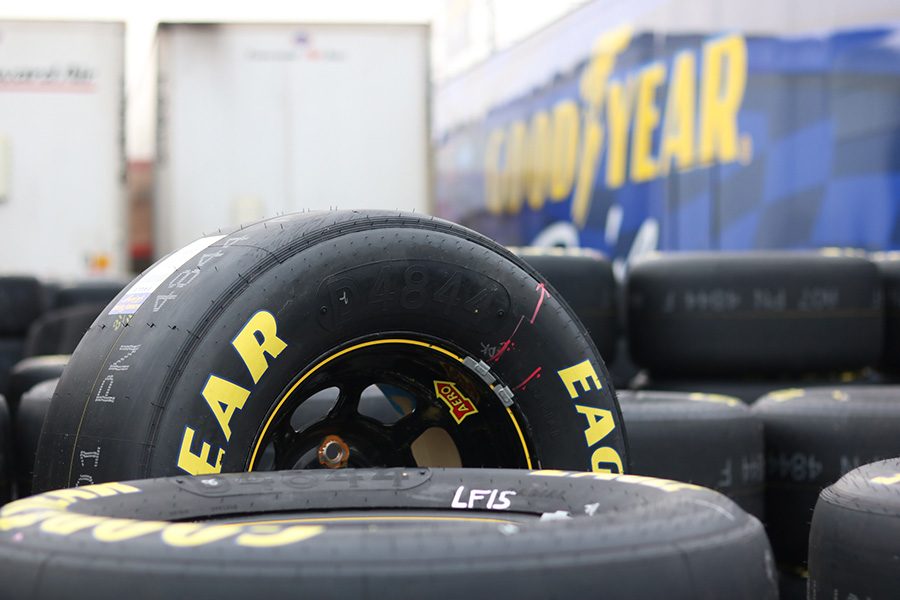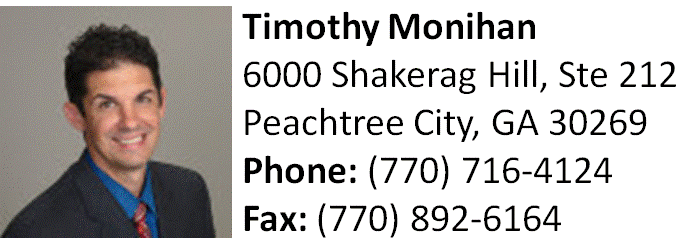Tired of being worn out
Goodyear implements tire changes at Atlanta Motor Speedway to handle rough surfaces
Tires play a large role in racing, especially at Atlanta Motor Speedway where an aged, abrasive racing surface wears down tires after only a few laps. This tire wear creates a need for more strategic use of pit stops.
February 22, 2019
Atlanta Motor Speedway is a track with a tough, aged surface known to eat away tires only after a few laps of racing. This makes AMS one of the hardest tracks to race at, and it calls for a need to be strategic.
“Tires are very critical, whether it’s at Atlanta or any other track,” Goodyear racing engineer Justin Fantozzi said. “It’s the only thing that touches the ground.”
NASCAR determines the number of sets of tires each team can use on any given race weekend, which means that the teams need to be strategic on when to switch tires. NASCAR Gander Outdoor Truck Series is allowed the least amount of tires, with only six sets to last an entire event weekend. NASCAR Xfinity series teams are allotted seven sets for the event. Monster Energy NASCAR Cup Series is given the most sets of tires with a total of 16 for the event.
“I do know that the tires will wear out really quick,” David Starr, driver of No. 52 Chevrolet Means Motorsports said. “You’re going to slip and slide. One thing cool about Atlanta Motor Speedway is you can run on the bottom, you can run on the center, you can run up by the wall, so I do know that there is a lot of room to race, and you will be slipping and sliding.”
At Atlanta Motor Speedway, the right side tires have two zones, with two inches on the inner side having thicker rubber so that it is more heat resistant. The other ten inches are built to allow more rip on turns when they hit the pavement. The two zones are made of two different types of rubber, and the difference is visible.
“The inboard where they’re leaning is kind of tougher and more heat resistant,” Goodyear Racing Public Relations representative Mike Siberini said. “It kind of handles heat and wear better, and then the outside is more for grip.”
The left side tires for NGOTS is different from those in the Cup series and the Xfinity series. This is the first time that NGOTS will run this tire code. Outcry from teams hoping for a safer, faster race resulted in the current change in tire codes.
“We’re always trying to help the teams and see what they’re changing,” Fantozzi said. “We saw that there was a request from the garage, so we did a test and that test it was decided that this left side is better than what we were running.”
The tires are the biggest unknown of the weekend, and the strategy that comes along with the tires being eaten away is what makes AMS one of the most difficult tracks to drive.





